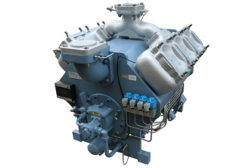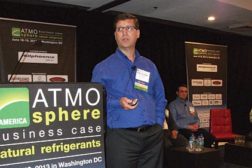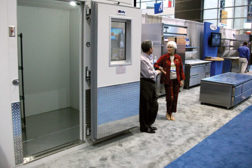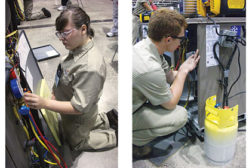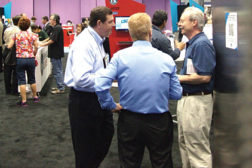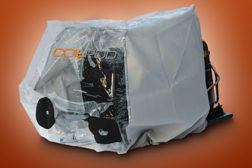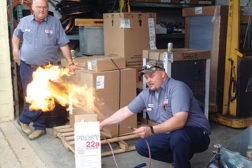Home » refrigeration cycle
Articles Tagged with ''refrigeration cycle''
The Professor: Flooding and Slugging of Compressors
Understanding the Terms Critical to Troubleshooting
Read More
Magnetic Cooling Offers Alternative Cooling Process
Research Yields a Substitute to the Compression and Expansion Cycles
Read More
Refrigeration Innovations Earn Applause
Freezers, Cooler Components Earn Top Awards at National Restaurant Association Show
Read More
Employer Expectations Lead to Progressive HVAC Lesson Plans
Educators Adapt Courses to New Technologies, Regulations
Read More
Restaurant Owners Desire Productive, Low-Maintenance Ice Equipment
Energy Efficiency, Sizing, Cleanliness Key Factors in Choosing Ice Equipment
Read More
Research and New Products Guiding Food Service Sector
Examining Efficiency, Effectiveness of Familiar Equipment
Read More
The Professor: Recognizing, Solving Refrigerant Migration
Eliminating Refrigerant from the Compressor’s Suction Line or Crankcase
Read More
HCs: Revisions, Efficiencies, Warnings
Examining, Tweaking, and Considering the Legality of Hydrocarbon Refrigerants
Read More
Copyright ©2024. All Rights Reserved BNP Media.
Design, CMS, Hosting & Web Development :: ePublishing
